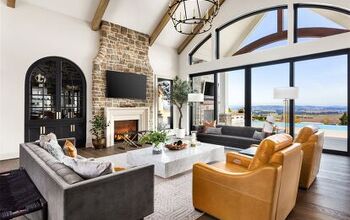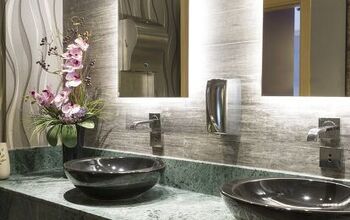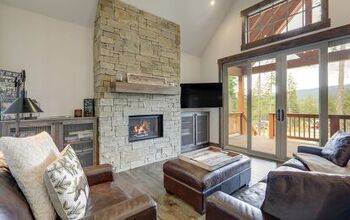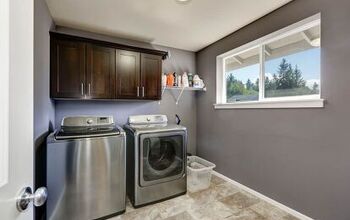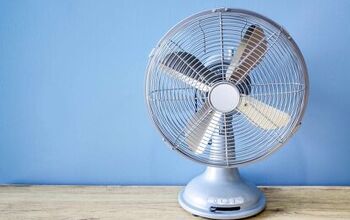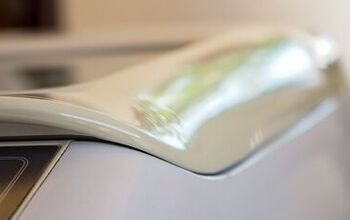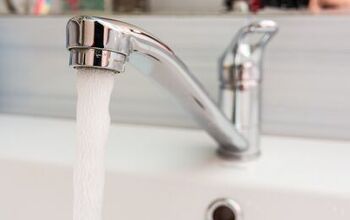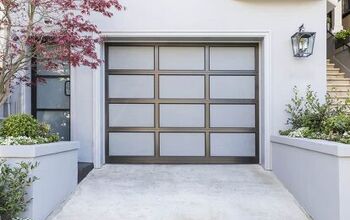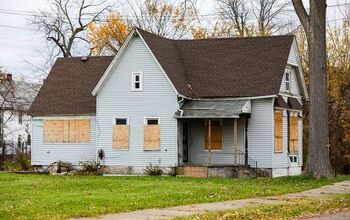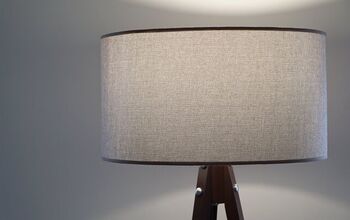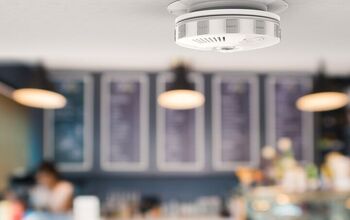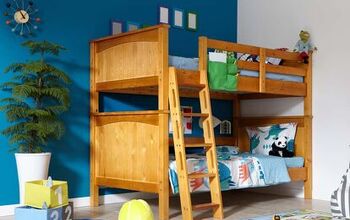A Mindful Approach To Minimalism

If you feel stressed when you’re at home, it could be because you have too much stuff. Clutter is one of many ways your house can stress you out, but does that mean you need to get rid of everything? Hard-core minimalists might say, yes, you do, but what if there wasn’t one set way to embrace minimalism?
Instead of thinking of minimalism as getting rid of all your things and living with the bare essentials, focus on what’s important to you. If it adds value to your life (physical and emotional) and serves a function in your home, keep it. However, if it’s simply taking up space and doesn’t serve any real purpose, let it go.
Your home should make you feel happy, comfortable, and safe. Therefore, everything in it needs to support this goal. If minimalism is the way for you to reach your goal, then by all means, go for it. However, remain thoughtful through the process.
What Do You Think Of When You Hear Minimalism?
When you hear the word minimalism, what is the first thing that comes to mind? Do you picture a room with white walls, a bed, a table, a single chair, and a toothbrush? Maybe if it’s a more daring display of living with less, there’s a houseplant on the windowsill and a woven rug on the floor.
You might think about Joshua Fields Millburn and Ryan Nicodemus, better known as The Minimalists. These two Emmy-nominated Netflix stars put a face to minimalism and encouraged the masses to get rid of the stuff holding them back.
At one point, YouTube and Instagram were inundated with influencers showing the wonders of emptying your house of all but the basics. This stripped-back style extended to the interior design of spaces, too, taking color and texture out of the equation.
However, not all minimalists are the same, and not every view of minimalism needs to be so dramatic. Therefore, instead, ponder what Josh Becker of Becoming Minimalist believes the goal of minimalism is: to “inspire people to pursue their greatest passions by owning fewer possessions.”
Minimalism Doesn’t Fit One Definition
Joshua Becker and other popular minimalists want you to pursue what you love. But how does owning fewer things make that easier? Realistically, if you have fewer things to maintain, worry about, put away, and clean, you have more time to spend on other things.
It’s a logical thought process. It’s also one shared by a popular social media minimalist, Dawn Madsen from The Minimal Mom. A peek at her YouTube videos shows you a quick glimpse of her home.
It’s tidy, but there are colors, she has cake platters, display items, and throw pillows. However, everything seems intentional (because it is). These items suggest that minimalism is more about simplifying your stuff, not getting rid of everything you own.
The takeaway is that minimalism doesn’t fit one single definition, nor should it. After all, everyone is different. Some people thrive with only a handful of items, while others enjoy having a bit more. Yes, at its core, minimalism is about living with less, but that doesn’t need to mean living with barely anything.
Do You Have To Get Rid Of Everything To Be A Minimalist?
As previously suggested, you do not need to get rid of everything to be a minimalist. Despite what anyone says, if you claim to be a minimalist and still have a collection of teapots in your home, that’s okay.
However, if you’re considering paring down what you have, it’s safe to say you likely feel you have too much. Perhaps you are overwhelmed when you come home, or you spend too much time searching for items. Maybe you’re tired of wasting money buying things you already have because you forgot you had them.
If these problems sound familiar, decluttering and organizing your belongings goes a long way. However, once you settle on what you plan to keep, even then, the process is very personal. Clutterbug, Cassandra Aarssen, showcases how everyone has different organizing styles. In other words, how one person arranges their stuff may not work for you and vice versa.
The same goes for reducing your inventory and deciding what and when to let go. There are many minimalist decluttering methods to help free up space in your home. As you go through your belongings, use the different suggestions and ideas as a guide, always being mindful of how you feel during the process.
Your Goal Shouldn’t Be “To Be A Minimalist”
When you begin your journey toward minimalism, there’s one important thing to keep in mind. Don’t set out from the beginning claiming, “I’m going to be a minimalist.” If you decide that’s your goal, you may assume you need to start tossing out everything that isn’t absolutely essential. You’ll be left with a toothbrush, bowl, and pair of underwear.
Instead, make your goal loving the home you’re in, and focus on doing things that support this goal. For example, imagine you have a collection of vintage jewelry. Instead of keeping it all hidden away in a drawer, hang the pieces on the wall to display their beauty.
You’ll get joy from seeing it every day, plus, it makes it easier to access and wear it.
If paring down to the bare essentials makes you feel calm and relaxed, then do it. But do it because of how it adds value to your life, not because some minimalist influencer told you to. Otherwise, you’ll likely end up wasting all your time and effort donating and selling stuff, only to find you don’t feel any better.
Focus On How You Want Your Home To Function And Feel
Before you overhaul your entire home, think about what you’re hoping to get from the process. Stay tuned-in to your feelings as you work your way through items in your house.
If you’re interested in pursuing minimalism, approach it with intentionality. Concentrate on weeding out the objects that make you feel anxious, upset, or burdened.
If something you have makes you smile or it’s something you use every day, keep it. You don’t have to get rid of something just because it’s old or only for decoration. For example, if you have an old candy dish that was your grandmother’s, how do you feel about it?
If it’s gathering dust in the back of your closet and you have no specific memory of it, why do you have it? Is it only because it was your grandmother’s? Or do you have fond memories of grabbing handfuls of M&Ms from it whenever you would go to your grandma’s house? Perhaps she always made a point to replenish the bowl before you came over to visit.
Therefore, if the object has a special meaning for you, dust it off, find a place to display it, and put it to use in your home. Again, minimalism does not mean you can’t have anything beyond the basics.
Instead, approach the concept with the mindset of not keeping anything that doesn’t add some sort of value to your life. This value doesn’t need to just be a functional one, it can also be a mental or emotional one.
Be Intentional When It Comes To Minimalism
Don’t be skittish about being a minimalist. It isn’t for everyone, but being a maximalist isn’t for everyone either. For many people, the ideal way to live is somewhere comfortably in the middle.
However, if the idea of living with less appeals to you, pursue it with intentionality and focus on your feelings throughout the process.
Don’t put all your energy into “being a minimalist.” The overall goal should be to create a home that makes you happy and comfortable.
Related Guides:
- 7 Tips To Rescue Yourself From Overwhelming Clutter
- You Don't Need To Move: 14 Tips To Love The Home You're In
- Minimalist Decluttering Methods For Your Home

Stacy Randall is a wife, mother, and freelance writer from NOLA that has always had a love for DIY projects, home organization, and making spaces beautiful. Together with her husband, she has been spending the last several years lovingly renovating her grandparent's former home, making it their own and learning a lot about life along the way.
More by Stacy Randall












